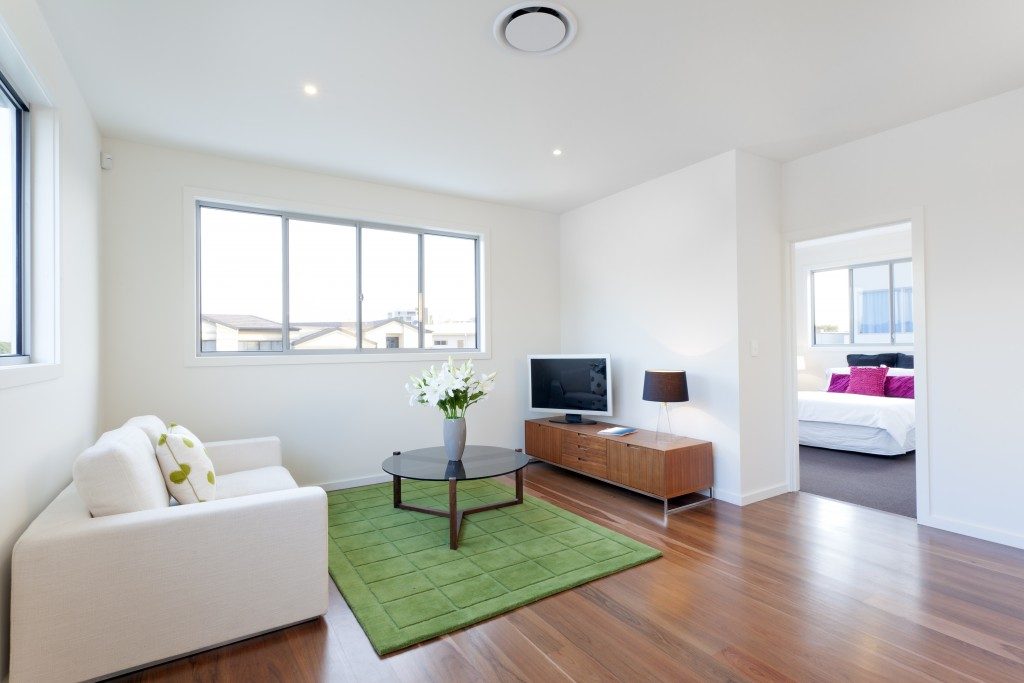Want to instantly breathe new life into a dull old living space? One of the easiest and most affordable ways to do so is by applying a fresh coat of paint onto your interior walls. Before you get to work, though, there are some things you need to do to ensure that your walls are ready to be painted. The following are some tips to keep in mind before you grab that roller brush and bucket of paint.
Prime the surface of your wall
Priming your wall allows paint to apply smoothly and evenly. There are plenty of ways to do this, but here are the three most common methods:
-
Dry-lining
Dry-lining your wall means attaching plasterboard onto it. This will provide a smooth finish on which you can paint straight away. This is especially useful if you have a brick wall or a wall with an uneven surface. There are also other dry lining supplies than you can use besides plasterboard, one of which is lining paper. This is not as effective as plasterboard, but it’s better for specific situations such as when your wall has tons of fine cracks on it or if you have to cover up a large repair. Using lining paper to cover them ensures a smooth, flawless base for painting.
-
Sanding
Sanding can level out spackle or joint-compound patches, remove burrs and rough spots, as well as flatten ridges around nail holes. This gives you a perfectly smooth surface for painting. You can use fine-grit sanding paper, a sanding pole, and a sanding sponge to really get all the nooks and crannies of your wall.
-
Primer
If you’re painting over a wall that already has paint, it’s important to identify what kind of paint it has on. For water-based paints, you can simply apply a fresh coat of paint over the old one. However, for semi-gloss, gloss, or oil-based paint, you need to use a primer to even out your new color and brighten it up. Professionals usually use a tinted grey primer or a color that’s already similar to the color of your final paint.
Clean your walls

Before painting over your walls, make sure that it’s free from debris, grease, or dust. Use a vacuum cleaner to vacuum dust and a towel moistened by a solution of laundry detergent and water to remove residue. Allow your wall to dry completely before painting it. A degreaser can get rid of grease and food stains found in kitchen walls. If you find mold on your walls, you can apply an anti-mold solution to treat the affected area. For heavy mold growth, be sure to use a special sealer or anti-damp paint to cover it.
Shield your furniture and floors
Painting your walls can be a messy job, no matter how careful you try to be. It’s best to protect your floors and furniture from stray paint before you start working. If you can, remove any furniture that can be easily carried out. Lay out some heavy-duty protection sheets on your furniture and drop cloths on the floor. Any remaining item that can’t be moved out should be covered with heavy-duty sheets as well.
Reinvent your drab old interiors by slapping on a fresh coat of paint onto your walls. If you can’t DIY, then ask for the help of professionals.

